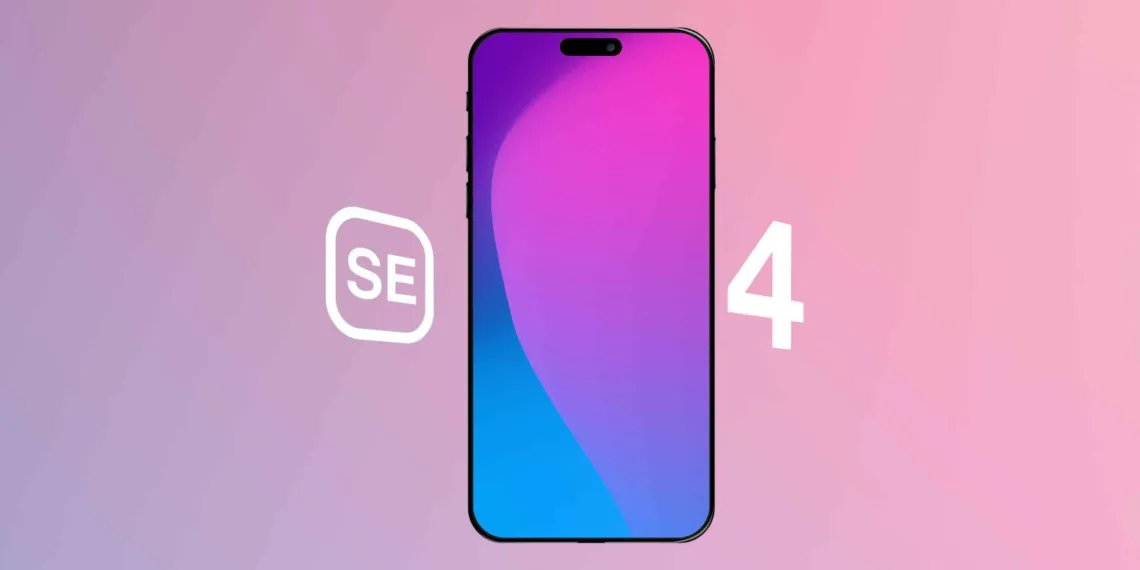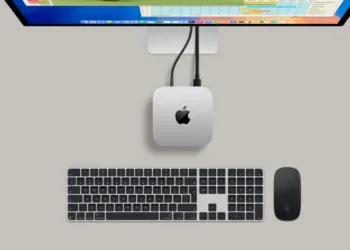The upcoming iPhone SE 4, internally referred to as Ghost, is expected to feature a design heavily influenced by the base model iPhone 14. According to the sources, the iPhone SE 4 will utilize a modified version of the iPhone 14 chassis and will adhere to iPhone 14 test parameters for internal testing.

The Rumored iPhone SE 4 a.k.a. Ghost
Regarding the chassis, two major alterations are anticipated: the inclusion of an Action button and the adoption of a USB-C port. The Action button, recently introduced with the iPhone 15 Pro, is a versatile button that replaces the mute switch found on newer iPhone models. Users can configure it to perform various actions according to their preferences.
Additionally, the iPhone SE 4 will receive a USB-C port to comply with upcoming European Union regulations. Our sources have identified numerous references to the E85 connector, Apple’s internal term for USB-C. Apart from these significant changes, no major revisions are planned for the chassis compared to the iPhone 14, and it is unlikely to feature the curved edges seen on the iPhone 15 lineup.

On the back of the device, the iPhone SE 4 will feature a single camera with a flash placement arrangement similar to the third-generation iPhone SE. The precise design of the camera bump remains uncertain at this time. Apple has developed at least five different designs for the camera bump, with minor variations among them. They can be categorized into two main types:
- Camera and flash enclosed within a single, oblong-shaped camera bump.
- Only the camera ring elevated from the main backplate surface.
Initial information suggests that the iPhone SE 4 may feature a 48-megapixel rear camera, marking a significant improvement over the current model. The iPhone SE 4 is also expected to receive a new OLED panel derived from the iPhone 14. The device will forgo a Touch ID home button in favor of Face ID as the biometric authentication method. Multiple references to “Pearl,” Apple’s internal codename for Face ID and related hardware, have been identified in connection with the fourth-generation iPhone SE.

Apple is currently developing an in-house 5G modem known as “Sinope,” and is using the iPhone SE 4 as a testbed for this new hardware. Initial information indicated that the new modem was slated to debut with the iPhone 16 lineup, covering the entire range. However, according to information from our sources, this plan may have changed. Additionally, Qualcomm recently announced it would supply smartphone modems to Apple until 2026.
Previous reports suggested that the iPhone SE 4 was designed exclusively for modem testing and not intended for mass production or public release. However, this theory seems less likely given the extensive design work that has gone into the device, including multiple iterations of the camera bump and other component changes.
It’s important to note that this information is based on preliminary, pre-preproduction details. The fourth-generation iPhone SE is still in the early stages of development, and there may be changes along the way. Consequently, the information may not align completely with the specifications of final mass-production units, assuming the project progresses to that stage.








